Sealing granite worktops: do my worktops need sealing?
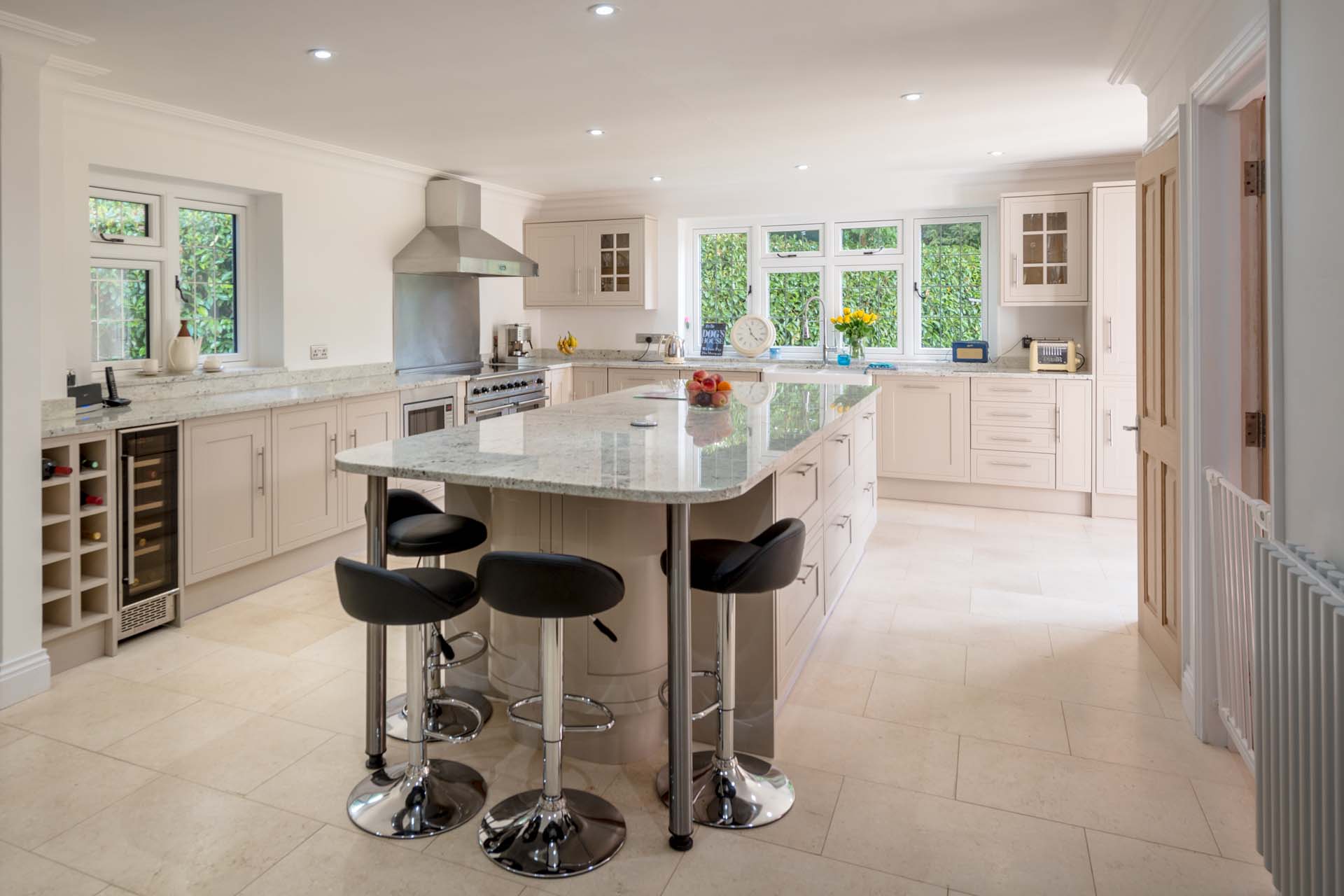
So, you are considering buying granite worktops, but are worried about “staining issues”? Or you have bought from us and want to know how to care for your worktops? We know that sealing granite worktops is probably the single biggest question about ongoing maintenance that our customers face… and we want to help.
The video here has been put together to give you all the basics you need on what not to seal, when to seal, and how to do it. And then you can have all the instructions again in written form, so that you can reference them without having to wade through the video! Sealing granite worktops is not rocket science, nor should it fill you with dread. Here’s how, made simple!
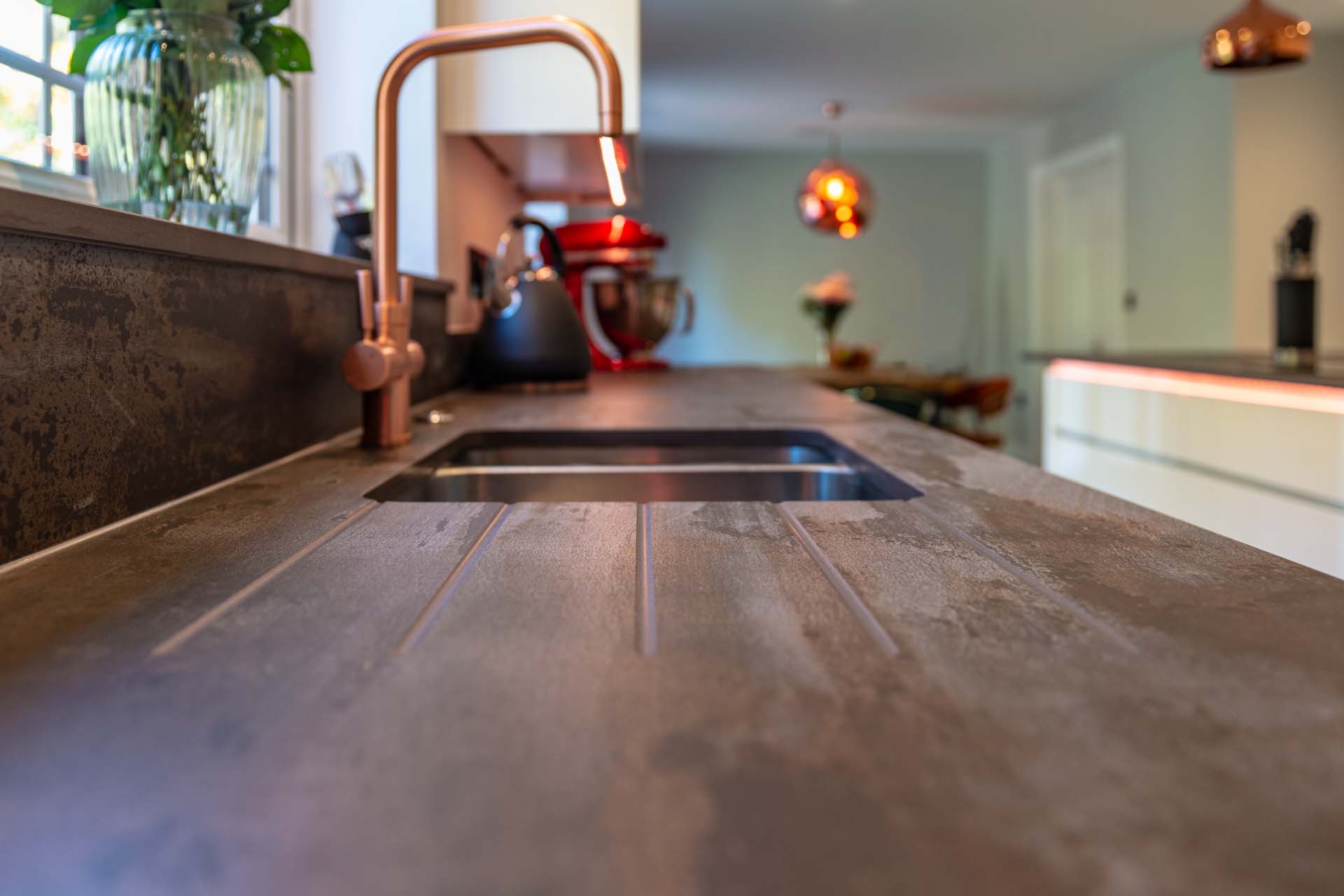
Which stones need sealing?
Not all kitchen worktop stones need sealing, and putting sealant on the wrong stone may do more harm than good.
Do not seal:
- Natural stones (“granites”) that are true volcanic rocks – often dark, and very non-porous e.g. Black Pearl, Nero Assoluto, Blue Pearl, Steel Grey
- Sintered particle / ceramic type materials – like Dekton or Neolith
- Engineered stones with a plastic resin base – quartz like Silestone or Caesarstone and the rest. The one exception that we have found is in some very textured, concrete-look quartz where the application of a stone sealer has assisted in maintenance. Call us if in doubt.
When do I need to seal?
In general, the areas where the sealant tends to break down fastest are places of most intense, wet use, especially around the sink. You can see that sealant is good where water droplets bead right up and sit tall on the surface. The flatter the beading, the worse the sealing.
But you can test the seal more accurately by drying the surface off completely, and then leaving a patch of water on it. When you wipe it off and dry the surface totally, a slight darkening or discolouration of the stone where the water was lying shows that some has soaked into the stone and is now under the surface. The seal has definitely broken down – there is now a water bridge into the stone which could carry water-based colour (think beetroot or red wine) and cause a sub-surface stain. Time to seal!
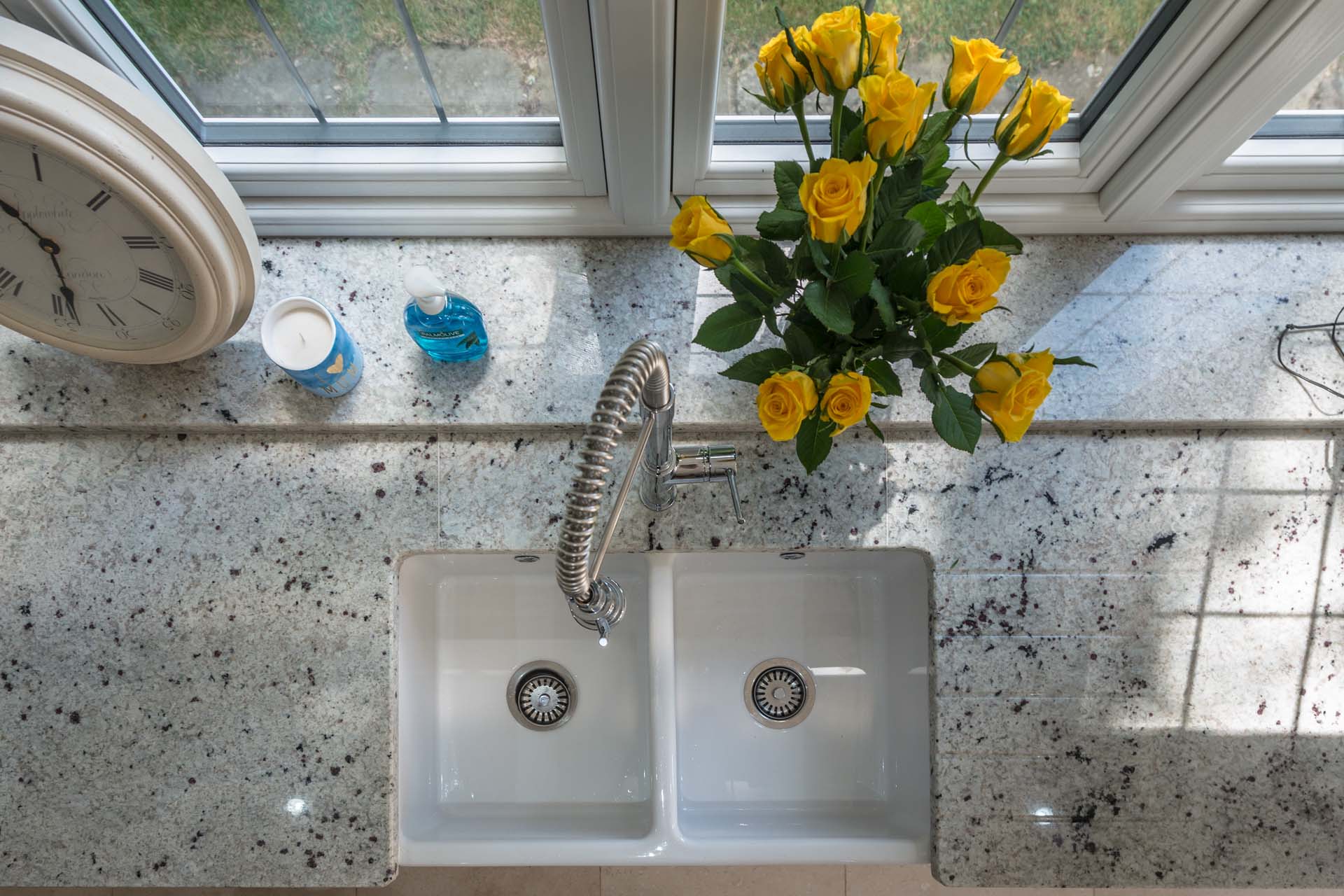
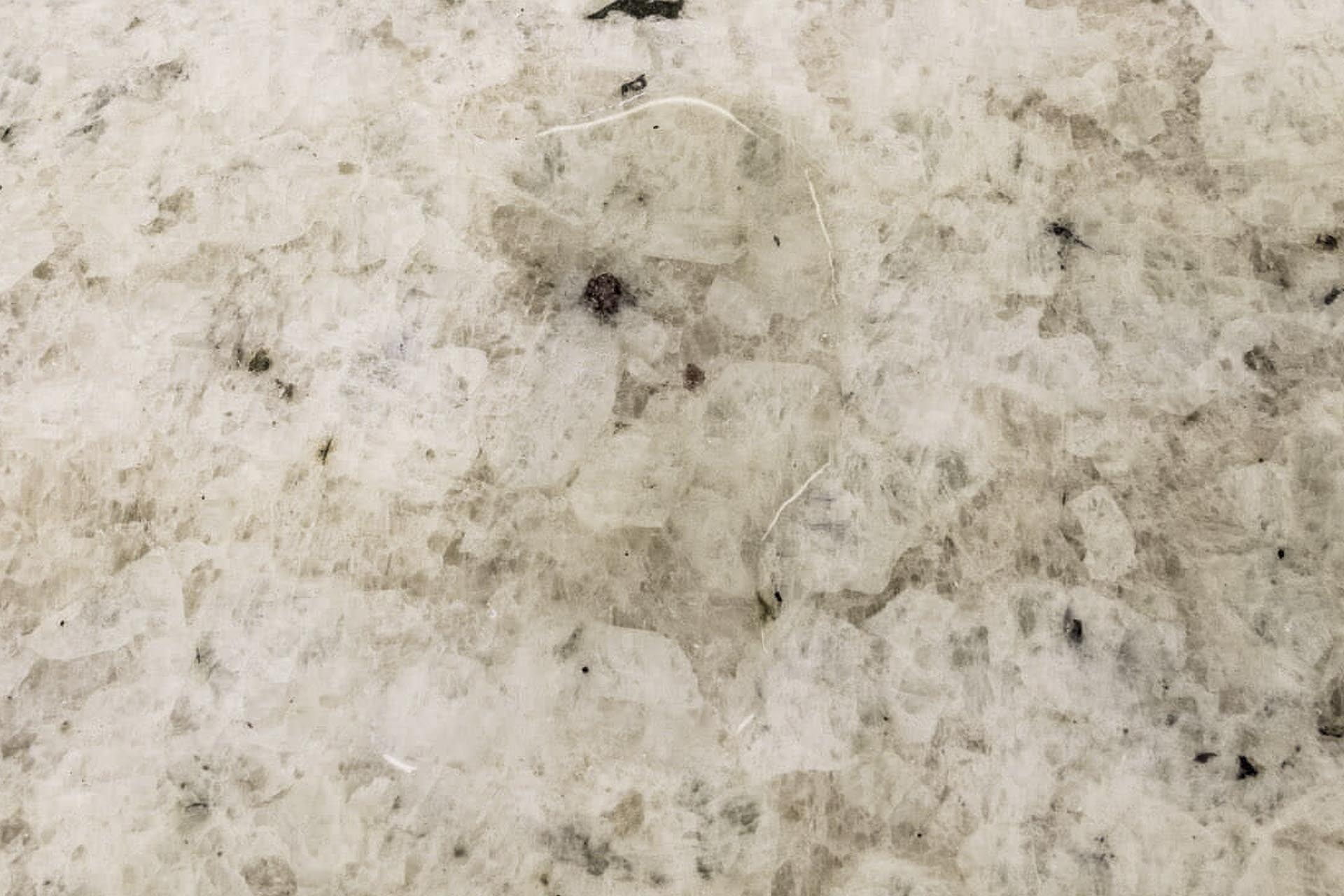
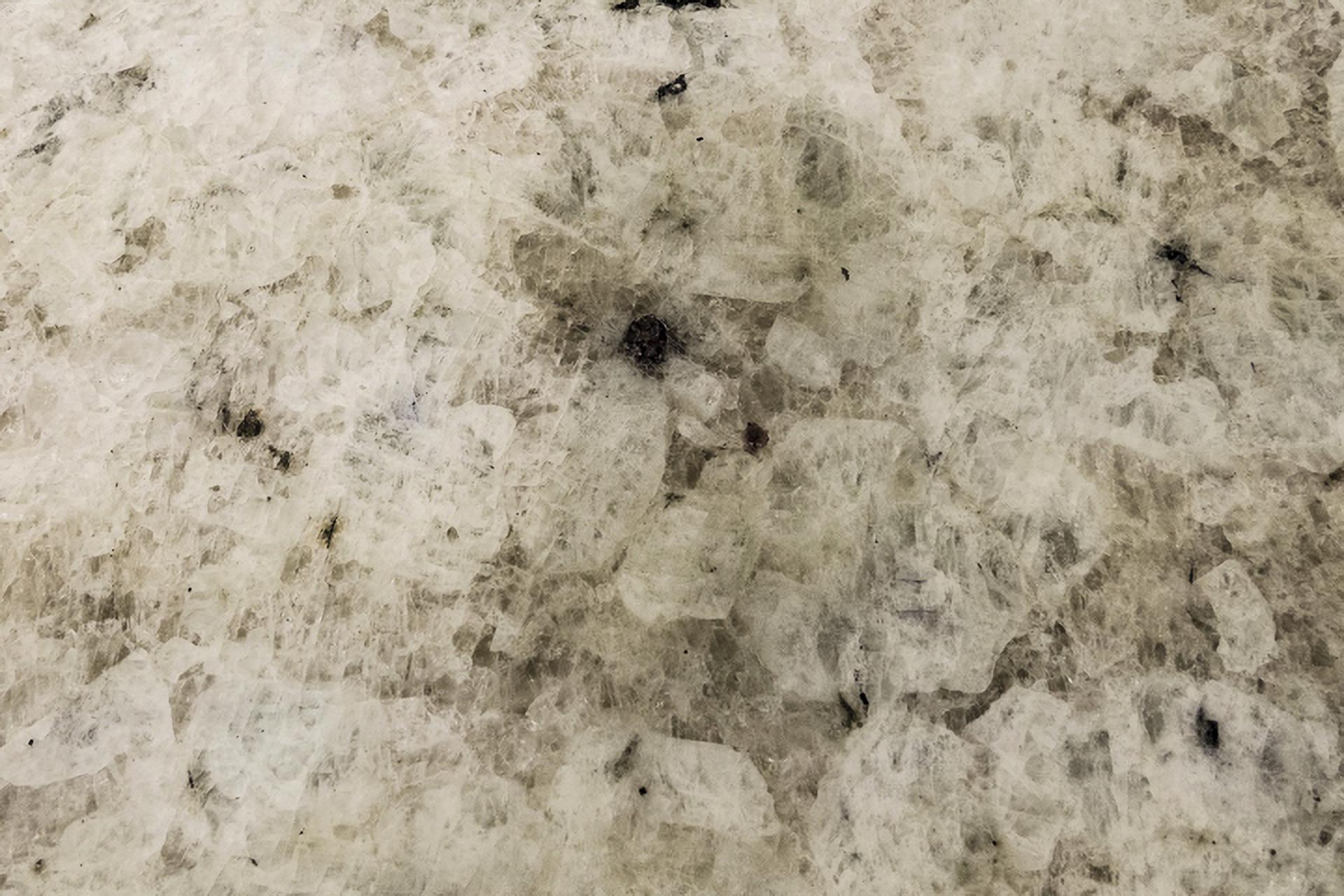
Now you see it; now you… still see it. Unsealed Colonial White clearly shows where water has been standing on it, even after drying the surface. Time to take action!
As a rule of thumb, unless your worktops are seeing very heavy use and aggressive cleaning, you will not need to reseal more often than every 9 months to a year, and perhaps more.
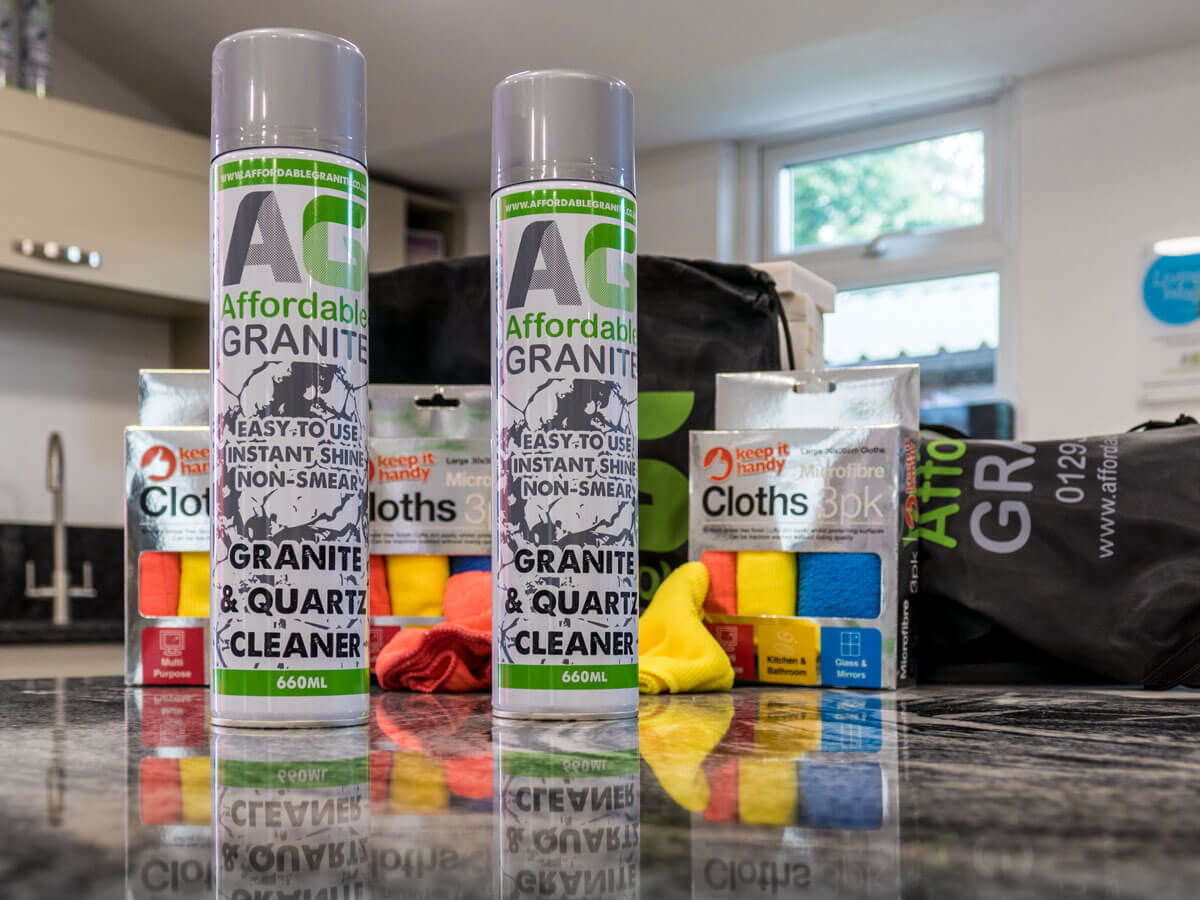
What do I need to do before sealing?
Before you can think about sealing your worktop, it needs to have a proper clean first.
- For basic cleaning, our motto is simply “wet cloth, dry cloth”.
- For deeper cleaning of grease and dirt in the pores of the stone, we recommend Affordable Granite ‘Granite & Quartz cleaner’. You will probably want to do this kind of clean before resealing.
- Once cleaned, allow the worktop to thoroughly dry. If you try sealing when the worktop is still wet, the moisture will prevent the sealant from penetrating the granite.
This is all fairly basic, and we try to help. Micro-fibre cloths and other cleaning essentails are included in the Cleaning and Care Kit given to all our kitchen worktop customers.
How do I seal the stone?
You will need to use any professional-grade natural stone sealer. We often use Akemi Anti-Fleck Stain Repellent, but others are available.
Whatever the product, it is best to follow the manufacturer’s instructions. That will probably mean giving the sealer a shake and then pouring some onto a part of the worktop. Move the sealer around the surface using a soft cloth, until you need to pour on some more. Repeat until the whole surface has been treated, paying particular attention to areas around the cooker, sink and drink-making areas.
Having completely treated the whole surface of the worktop evenly, leave it for 20 minutes. Then give it another coating of sealing product, and allow it to dry for half an hour. After this time, take a paper towel, old tea towel or micro-fibre cloth and give the whole surface a good buff off to a shine.
After leaving the worktops for two or so hours to completely dry, your granite will be sealed and ready for another year of culinary joy.
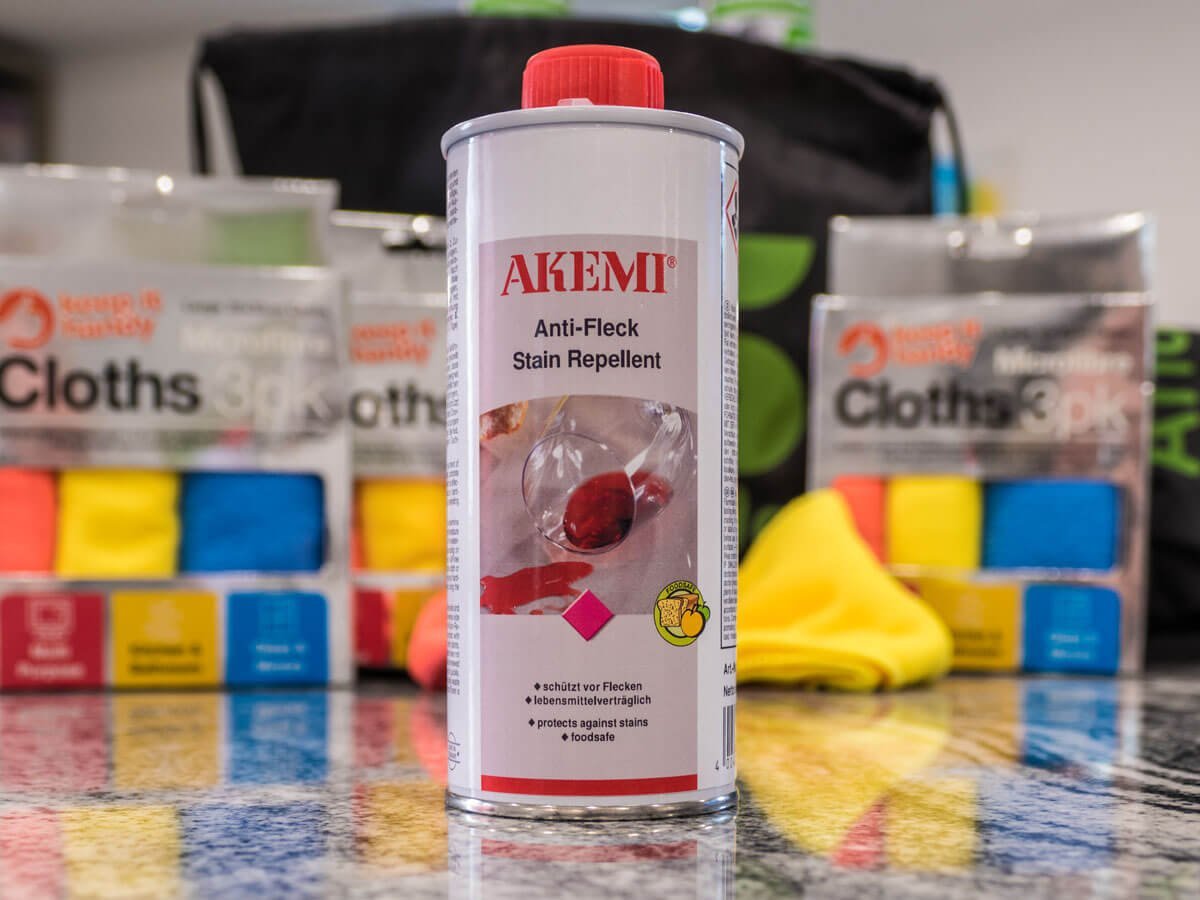
We are Affordable Granite, the leading granite installer in Surrey, Sussex and across the South East. We want to give the best customer service, not only up to and including your order and installation, but also in our aftercare and support to you as you enjoy your worktops. So whether you need to talk about a stubborn stain on quartz or sealing granite worktops, we are here to help! Please don’t hesitate to contact us on 01293 863992 or by email on sales@affordablegranite.co.uk/ .
Once again, Ash from Splashdog Media has helped us put the video together, and it is his voice you hear, over footage and stills from Andrew King Photography.
